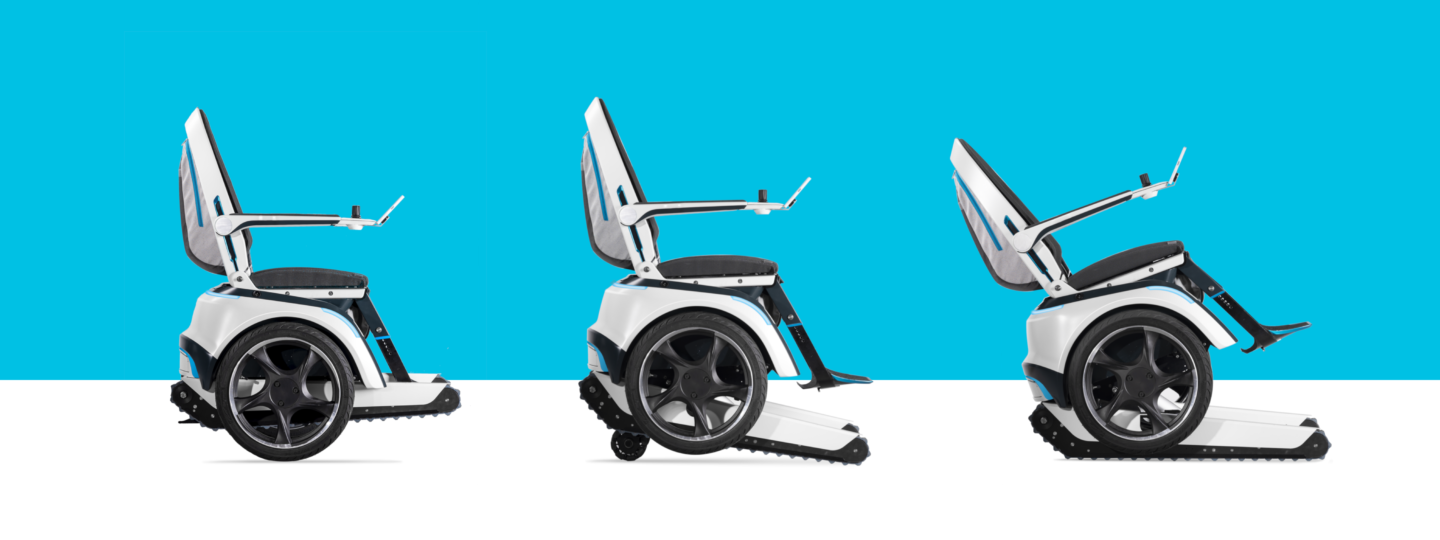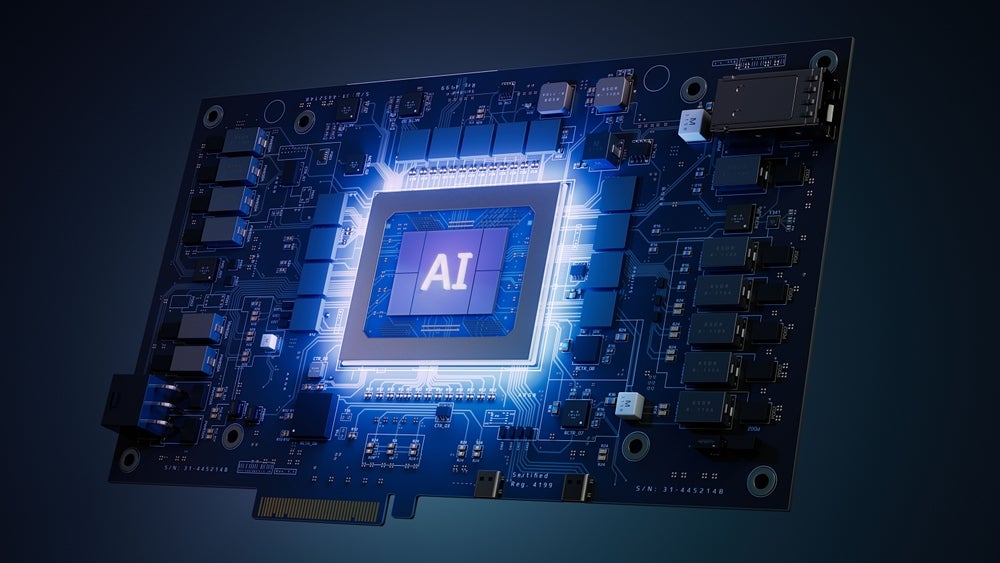
Inaccessibility is a huge issue for the disabled and, for many, technology has been the answer to making the world more accessible.
Social media users are used to seeing viral videos of what appears to be groundbreaking technology designed for ultimate accessibility. A wheelchair that can climb stairs, a lift mechanism that allows the disabled to vertically “walk” up stairs themselves, or a robotic exoskeleton that lets disabled people stand and walk upright.
At first glance, these inventions can seem like the perfect “cure” for disability. These products are often met with amazement, calling the product ”life-changing” and “inspirational”.
The reality, however, is that such technologies can lead to further inaccessibility – and lead to ableism in the process.
Price inaccessibility
Though these products can provide clear accessibility benefits, they often come with a price tag that is extremely inaccessible to most.
US-based company Liftware, for example, sells a cutlery device designed for those with hand tremors. The product, Liftware Steady, is an electronic stabilising handle accompanied by a selection of attachments inlcuding spoons, forks, and sporks. The product electronically stabilises alongside the users’ tremor, meaning that the utensil shakes roughly 70% less than normal cutlery.
How well do you really know your competitors?
Access the most comprehensive Company Profiles on the market, powered by GlobalData. Save hours of research. Gain competitive edge.

Thank you!
Your download email will arrive shortly
Not ready to buy yet? Download a free sample
We are confident about the unique quality of our Company Profiles. However, we want you to make the most beneficial decision for your business, so we offer a free sample that you can download by submitting the below form
By GlobalDataThe product, while certainly technically accessible, costs $195 for the handle and a soup spoon attachment. Other added attachments such as an ordinary spoon, a fork, and a spork cost $34.95 each. For a complete basic set of cutlery, a user would have to spend $299.85.
Poppy Greenfield, a disability activist who has previously worked with companies such as Sony to provide accessibility advice, told Verdict that price inaccessibility is a big problem for the disabled.
“The price gap between accessible and non-accessible products is definitely an issue,” she said. “Take Liftware, a consumer would have to spend nearly $300 for a basic cutlery set. Comparatively, a person without the need for accessible cutlery could purchase a 16-piece cutlery set from IKEA for less than $4.”

Liftware appears to be aware of its price inaccessibility and, to its credit, offers discounts and subsidies.
“Liftware products have been provided free of charge to people in financial need with conditions such as Parkinson’s disease, essential tremor, multiple sclerosis and Huntington’s disease through our collaborations with foundations such as the Michael J Fox Foundation and the International Essential Tremor Foundation,” a Liftware spokesperson told Verdict. “There is also financing available for qualified applicants when you make the purchase on liftware.com.”
“However, it’s not just the price that’s an issue with products like this,” adds Greenfield. “It’s also the lack of choice for the disabled. Why can’t the disabled have a choice in colour, style, and more like the able-bodied do?”
Another example is the ‘Scewo Bro’ a product that went viral on social media in 2017. The high-tech wheelchair has a stair-climbing function designed to offer “ultimate independence”. Since going viral, the product has gained many awards and has sold out on its first series.
However, Scewo Bro’s CHF 36,000 ($39,215) price puts it out of reach to the vast majority of disabled people. Impressive technology that improves accessibility but is of high cost leads one to question if there is not a better and more affordable way to make the world accessible.
Distracting from the actual accessible solutions
Inventions like the Scewo Bro that help disabled people navigate the environment can also distract from the real solutions to accessibility.
First, it puts the responsibility on the disabled consumer. Instead of the government or businesses installing ramps, automatic doors and other low-tech solutions for the benefit of all disabled people, these inventions suggest disabled people should be buying these inventions to “fix” their disability. This shifts the responsibility to the individual instead of society.
“It puts a bandaid on the issue,” said Greenfield. “Products like Scewo Bro and other similar products puts emphasis on the user being the issue and doesn’t fix the problem of inaccessibility in the long run. Arguably, it actually stops society progressing because accessibility benefits everyone, not just the disabled. When you focus on a design that benefits everyone, that’s how society progresses.”
This idea contributes to what is known as ‘The Medical Model of Disability’ vs. ‘The Social Model of Disability’, two theories which are often discussed in disabled spaces.
The Medical Model believes that disability comes as a result of the disabled person, i.e. the fact that a wheelchair user needs to use a wheelchair makes them disabled. The Social Model, which is more widely believed in disabled spaces, states that disabled people are made so by the inaccessibility of society. If the world surrounding them was fully accessible, there would be no technical disability as the disabled person could operate equally to an able-bodied person.
Are technology innovations for the disabled inherently ableist?
To many in the disabled community, these products being made to “fix” the disabled body is an ableist way of thinking. Not only does it lead to further inaccessibility and provide only short-term solutions, but it assumes that disability needs a cure.
“The able-bodied creators of these technologies shove ideals onto the disabled of what they think the disabled want,” said Greenfield. “They don’t listen to the disabled consumer.”
Referring to a pair of technologically-enhanced glasses designed for the blind, Greenfield said: “These glasses are essentially ugly and bulky magnifying glasses. Someone I know who is blind has been offered these glasses but they would rather use their cane.
“However, there is definitely a pressure placed on them to try to conform to the able-bodied world; to try and ‘fix’ their disability when they don’t think they need fixing. They just want to be included in society as the person they are.”
Greenfield also cites a pair of gloves designed for the deaf that translates American Sign Language (ASL), which recently went viral on Twitter. Like other viral “accessible” technology, these gloves were met with amazement from the able-bodied. But according to Greenfield, many in the deaf community did not have a positive reaction.

“The deaf community is not happy because this technology discourages people from learning ASL,” she said.
“ASL is already seen as an unimportant language in general society, and this technology only pushes that mentality. It tells able-bodied people that they shouldn’t have to adapt for others, that the deaf people are the ones who should adapt. It’s just another way of othering disabled lives.”
The solution
Technology can undoubtedly improve the lives of disabled people when made correctly and for the right reasons. Apple, for example, is a company famous in the disabled community for adapting its products to fit disabled lives, rather than have them conform to an able-bodied standard.
The best technology all in all which helps disabled lives, according to Greenfield, is technology that teaches and doesn’t try to fix the “problem” of being disabled.
“Are our disabled bodies a problem, or is society the problem here?” she said.
“Tech can be great and used for amazing things, but we have to be careful with the avenues we are going down. Are we progressing long-term or just thinking of a short-term solution that doesn’t actually benefit anyone? What will the world look like in two generations’ time? These are things people need to really think about when talking about accessible technology.”
Read more: How assistive technology is helping people with learning disabilities







